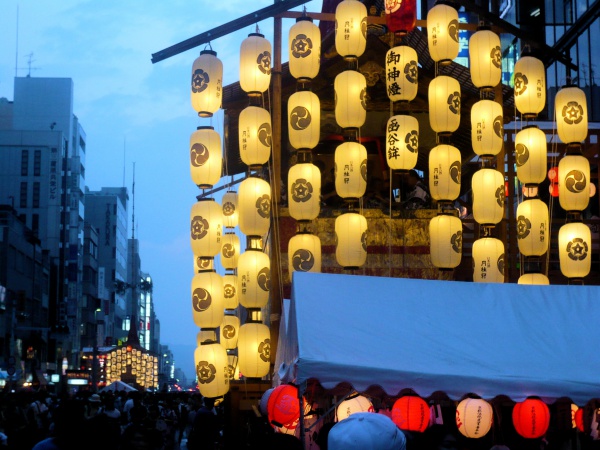Facts About Gion Matsuri
The Gion Festival is a vibrant and historic event held every July in Kyoto, Japan. Celebrated for its deep cultural significance, it ranks among the country's largest festivals, centered on purification and the expulsion of disease-causing spirits. The main festivities occur on the 17th and 24th at Yasaka Shrine in Kyoto's Gion district.
One of the festival's highlights is the Yamaboko Junkō parade. In the days leading up to this grand procession, Kyoto's downtown area transforms into a pedestrian zone for three special nights known as yoiyama. During these evenings, the streets come alive with traditional food stalls, and many people don yukata, creating a festive and colorful atmosphere.
The Gion Festival boasts a long history, dating back to 869, when it began as a purification ritual during an epidemic. Over the years, it evolved with significant contributions from the merchant class, becoming the elaborate celebration it is today. The festival is a vital part of Kyoto's cultural heritage and has even been featured in literature, such as Yasunari Kawabata's novel "The Old Capital."
The festival schedule is packed with various events, including the opening ceremony, float building, shrine visits, lantern parades, and the grand parades of yamaboko floats and mikoshi portable shrines. The floats are divided into two groups: the larger Hoko and the smaller Yama, collectively known as Yamaboko. These floats are beautifully decorated with intricate tapestries and are paraded through the streets accompanied by musicians playing traditional music.
Recognized for its cultural significance, the Gion Festival has been designated as an Important Intangible Folk Cultural Property and is on the Representative List of the Intangible Cultural Heritage of Humanity. This annual celebration remains a lively and cherished tradition, underscoring Kyoto's rich history and strong sense of community.
